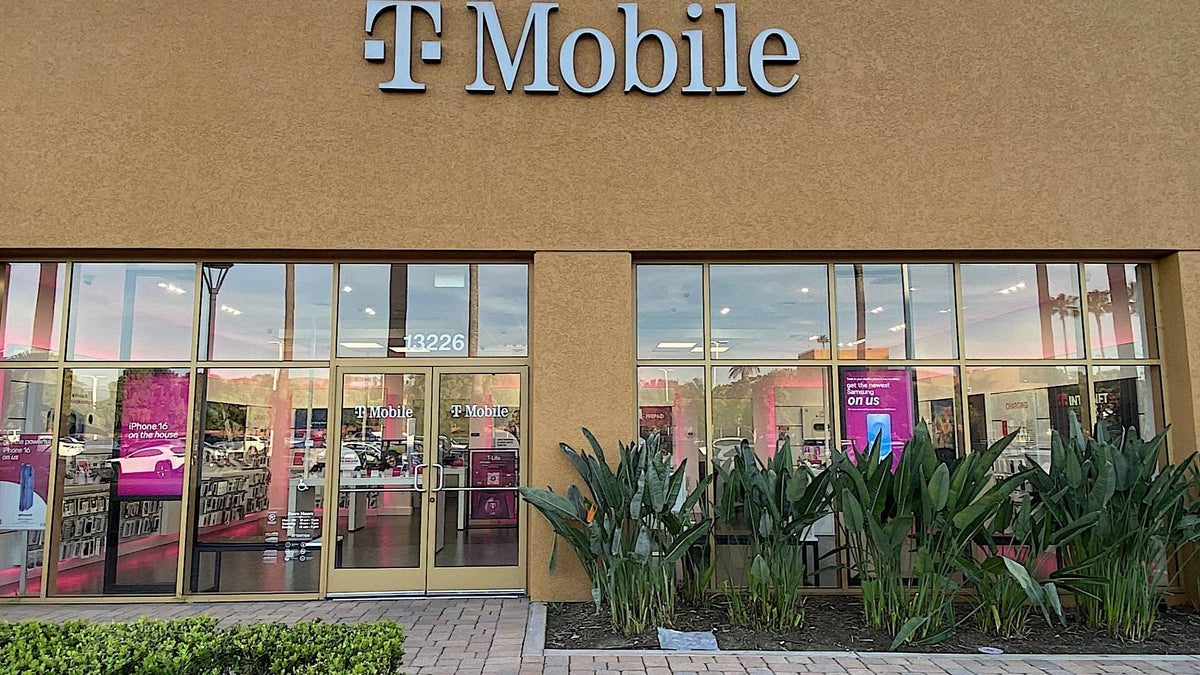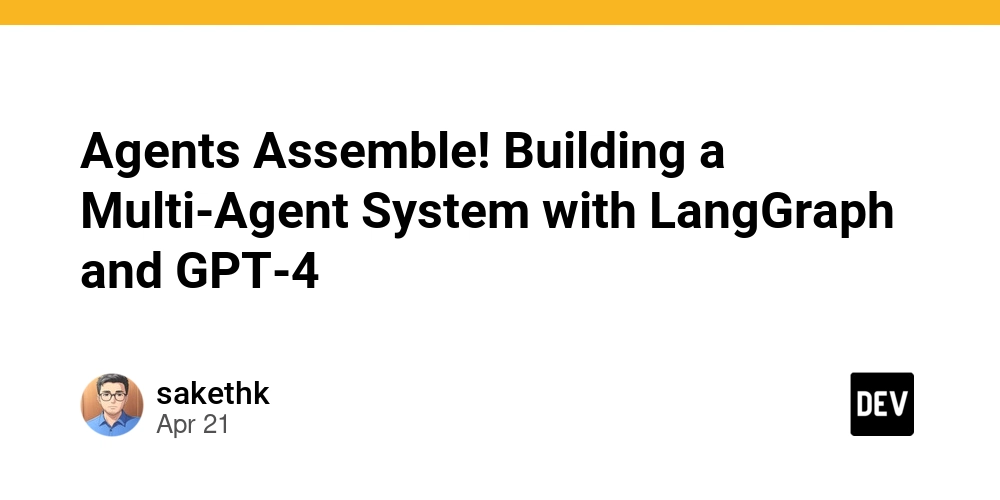The Intersection of Blockchain, Diamond Tracking, and Counterfeiting: Bridging Transparency with Innovative Technologies
Abstract This post explores how blockchain technology is revolutionizing the way industries address diamond tracking, counterfeit prevention, and ethical sourcing. By integrating immutable ledgers, smart contracts, and non-fungible tokens (NFTs), blockchain is fostering supply chain transparency and trust. In this article, we provide a holistic view of blockchain’s evolution, key features, practical applications, challenges, and future innovations. We also examine real-world case studies like De Beers’ Tracr platform and Everledger, while highlighting open-source influences and regulatory perspectives. Additionally, this post links to insightful resources such as the Copyleft Licenses Ultimate Guide and Firefox Data Sharing & Privacy. Combining technical insights with accessible explanations, we demonstrate how blockchain not only secures supply chains but also empowers consumers and creators in a digital era. Introduction In today's global economy, issues such as counterfeit products, unethical sourcing, and opaque supply chains continue to challenge industries ranging from luxury goods to pharmaceuticals. Blockchain technology, with its decentralized and unalterable record-keeping, offers a potent solution to these long-standing problems. Particularly in the diamond industry—where tracing the origins of stones and guaranteeing ethical practices can be complex—the adoption of blockchain provides a pathway to transparency and trust. Blockchain’s integration into diamond tracking has made it possible to record every transaction along the supply chain in real time. This technological breakthrough supports ethical sourcing by ensuring that diamonds are mined, sorted, traded, and sold under transparent conditions. Moreover, blockchain’s role in combating counterfeiting extends beyond diamonds to a variety of sectors, including luxury goods and pharmaceuticals. Throughout this post, we will delve into the background and evolution of blockchain, explore its core features like immutable ledgers and smart contracts, and examine both current applications and future trends. By linking these insights with real-world examples such as the Zora NFT Collection and industry-leading platforms from De Beers and Everledger, we provide a comprehensive guide to understanding how blockchain reshapes ethical sourcing and anti-counterfeiting initiatives. For additional perspectives on blockchain innovation, check out related posts on Exploring NFT Java Utils and Funding Open Source Software. Background and Context Blockchain emerged in 2008 as the underlying technology for Bitcoin. Since then, it has evolved into a robust ecosystem with diverse applications in finance, supply chain management, healthcare, and more. At its core, a blockchain is a decentralized digital ledger that records all transactions in a manner that is secure, transparent, and nearly impossible to alter. This immutability is a cornerstone that builds trust among network participants. The Evolution of Blockchain 2008-2009: The introduction of Bitcoin and proof-of-work consensus laid the foundation for decentralized digital ownership. Post-2010: The advent of smart contracts expanded blockchain’s potential by enabling self-executing agreements without intermediaries. Recent Years: Applications now span ethical sourcing and counterfeit prevention, demonstrating blockchain’s versatility. Today, blockchain serves as an essential tool in industries that require rigorous data integrity and full traceability. For example, in the diamond supply chain, every stage—from mining to retail—is recorded on an immutable ledger, ensuring that the origin of every gemstone is transparent and verifiable. Ethical Sourcing and Conflict Minerals Historically, the diamond industry has been plagued by the use of conflict minerals and unethical mining practices. Such practices tarnished reputations and led to widespread calls for reform. Blockchain offers an answer by enabling: Supply Chain Traceability: Every transaction is recorded, making it clear where a diamond originates. Ethical Certifications: Smart contracts can automatically verify adherence to ethical standards. Compliance with International Standards: Transparent records help meet regulatory requirements and consumer expectations. Counterfeit Concerns and Global Impact Counterfeiting is a global epidemic that affects industries worldwide. From substandard pharmaceuticals risking lives to luxury goods diluted by knockoffs, the ability to verify authenticity is crucial. Blockchain combats counterfeiting by creating a secure digital certificate of authenticity based on an immutable ledger. Governments and multinational organizations are increasingly turning to blockchain as a tool to eradicate fraudulent practices. In addition, open-source communities have driven the development of robust blockchain protocols, demonstrating that innovation
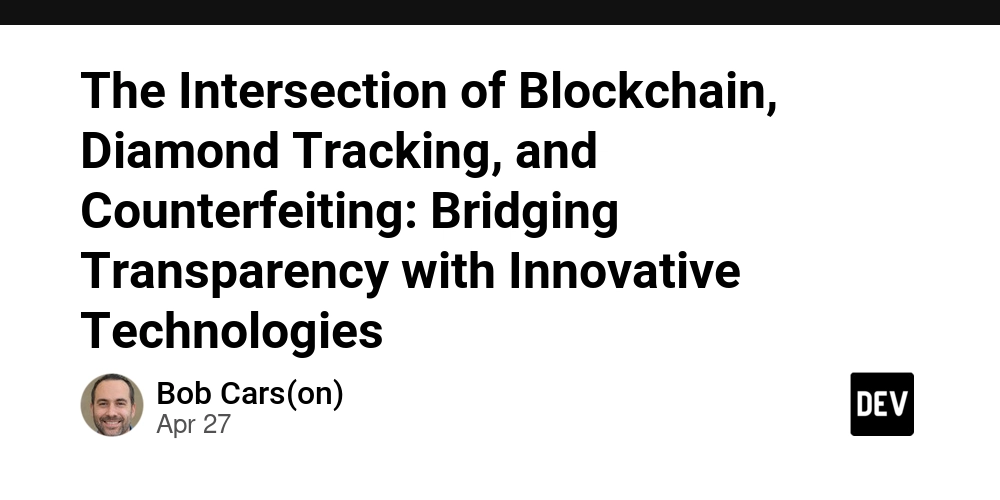
Abstract
This post explores how blockchain technology is revolutionizing the way industries address diamond tracking, counterfeit prevention, and ethical sourcing. By integrating immutable ledgers, smart contracts, and non-fungible tokens (NFTs), blockchain is fostering supply chain transparency and trust. In this article, we provide a holistic view of blockchain’s evolution, key features, practical applications, challenges, and future innovations. We also examine real-world case studies like De Beers’ Tracr platform and Everledger, while highlighting open-source influences and regulatory perspectives. Additionally, this post links to insightful resources such as the Copyleft Licenses Ultimate Guide and Firefox Data Sharing & Privacy. Combining technical insights with accessible explanations, we demonstrate how blockchain not only secures supply chains but also empowers consumers and creators in a digital era.
Introduction
In today's global economy, issues such as counterfeit products, unethical sourcing, and opaque supply chains continue to challenge industries ranging from luxury goods to pharmaceuticals. Blockchain technology, with its decentralized and unalterable record-keeping, offers a potent solution to these long-standing problems. Particularly in the diamond industry—where tracing the origins of stones and guaranteeing ethical practices can be complex—the adoption of blockchain provides a pathway to transparency and trust.
Blockchain’s integration into diamond tracking has made it possible to record every transaction along the supply chain in real time. This technological breakthrough supports ethical sourcing by ensuring that diamonds are mined, sorted, traded, and sold under transparent conditions. Moreover, blockchain’s role in combating counterfeiting extends beyond diamonds to a variety of sectors, including luxury goods and pharmaceuticals.
Throughout this post, we will delve into the background and evolution of blockchain, explore its core features like immutable ledgers and smart contracts, and examine both current applications and future trends. By linking these insights with real-world examples such as the Zora NFT Collection and industry-leading platforms from De Beers and Everledger, we provide a comprehensive guide to understanding how blockchain reshapes ethical sourcing and anti-counterfeiting initiatives. For additional perspectives on blockchain innovation, check out related posts on Exploring NFT Java Utils and Funding Open Source Software.
Background and Context
Blockchain emerged in 2008 as the underlying technology for Bitcoin. Since then, it has evolved into a robust ecosystem with diverse applications in finance, supply chain management, healthcare, and more. At its core, a blockchain is a decentralized digital ledger that records all transactions in a manner that is secure, transparent, and nearly impossible to alter. This immutability is a cornerstone that builds trust among network participants.
The Evolution of Blockchain
- 2008-2009: The introduction of Bitcoin and proof-of-work consensus laid the foundation for decentralized digital ownership.
- Post-2010: The advent of smart contracts expanded blockchain’s potential by enabling self-executing agreements without intermediaries.
- Recent Years: Applications now span ethical sourcing and counterfeit prevention, demonstrating blockchain’s versatility.
Today, blockchain serves as an essential tool in industries that require rigorous data integrity and full traceability. For example, in the diamond supply chain, every stage—from mining to retail—is recorded on an immutable ledger, ensuring that the origin of every gemstone is transparent and verifiable.
Ethical Sourcing and Conflict Minerals
Historically, the diamond industry has been plagued by the use of conflict minerals and unethical mining practices. Such practices tarnished reputations and led to widespread calls for reform. Blockchain offers an answer by enabling:
- Supply Chain Traceability: Every transaction is recorded, making it clear where a diamond originates.
- Ethical Certifications: Smart contracts can automatically verify adherence to ethical standards.
- Compliance with International Standards: Transparent records help meet regulatory requirements and consumer expectations.
Counterfeit Concerns and Global Impact
Counterfeiting is a global epidemic that affects industries worldwide. From substandard pharmaceuticals risking lives to luxury goods diluted by knockoffs, the ability to verify authenticity is crucial. Blockchain combats counterfeiting by creating a secure digital certificate of authenticity based on an immutable ledger.
Governments and multinational organizations are increasingly turning to blockchain as a tool to eradicate fraudulent practices. In addition, open-source communities have driven the development of robust blockchain protocols, demonstrating that innovation and collaboration go hand in hand.
Open-Source Influence and Regulatory Landscape
The blockchain ecosystem is significantly empowered by open-source projects. These projects not only ensure transparency but also invite continuous peer review and innovation. Resources such as the Copyleft Licenses Ultimate Guide emphasize the importance of open-source practices in creating sustainable blockchain environments.
On the regulatory side, governments are beginning to adopt frameworks that support blockchain-based traceability while ensuring data privacy. Initiatives, including improved privacy measures like those discussed in Firefox Data Sharing & Privacy, demonstrate the commitment to protecting consumer data in an age of ubiquitous digital records.
Core Concepts and Features
Blockchain’s appeal lies in its robust core features, which provide innovative solutions to persistent challenges in supply chain management and counterfeiting. Let’s explore some of these key features:
Immutable Ledger and Provenance
The immutable ledger is one of blockchain’s most powerful characteristics. Every recorded piece of data cannot be altered, ensuring a permanent record of transactions. In the diamond supply chain, this means every stage—from extraction to final sale—is permanently logged, facilitating a reliable provenance for each gemstone.
Below is a table summarizing key stages in the diamond supply chain and how blockchain integration enhances each step:
| Stage | Activity | Blockchain Benefit |
|---|---|---|
| Mining | Extraction and initial certification | Secure recording of origin and ethical compliance |
| Sorting & Valuation | Assessing quality and grading | Immutable and verifiable audit trail |
| Trading | Wholesale transactions | Transparent, tamper-proof transaction history |
| Retail | Consumer purchase and final certification | Digital authentication via smart contracts |
Smart Contracts and Automation
Smart contracts are self-executing digital agreements whose terms are directly embedded into code. These contracts automate processes, reduce human error, and lower the risk of fraud. In diamond tracking and counterfeit mitigation, smart contracts:
- Enforce quality controls and ethical standards automatically.
- Trigger necessary actions (like payment releases or inspections) when specific conditions are met.
- Enhance speed and efficiency by removing intermediaries.
Enhanced Product Authentication and Fraud Reduction
Blockchain-based digital certificates, including those empowered by the rise of non-fungible tokens (NFTs), ensure that each product can be distinctly verified. In the diamond industry, for example, an NFT can serve as a unique digital identifier that confirms both the authenticity and ethical sourcing of the gemstone. Other industries, such as luxury goods and pharmaceuticals, benefit similarly from a system that drastically reduces the risk of counterfeiting.
Key Benefits of Blockchain for Supply Chains
- Transparency: Every transaction is recorded and can be verified in real time.
- Security: Records are tamper-proof, offering robust protection against fraud.
- Efficiency: Automation via smart contracts reduces delays and manual errors.
- Consumer Trust: Immutable histories build confidence in both product authenticity and ethical sourcing.
- Interoperability: Blockchain can integrate with IoT devices and AI analytics, enhancing data accuracy.
Digital Twins and the Bridge Between Physical and Digital
Blockchain also brings together the physical and digital worlds by linking tangible assets with their digital twins. This is especially evident when physical diamonds are paired with digital certificates or NFTs, providing consumers with assurance that the product is genuine and responsibly sourced.
Applications and Use Cases
Blockchain technology is already generating significant impact in real-world scenarios. Below are some practical applications that exemplify blockchain’s ability to transform industries challenged by counterfeiting and ethical sourcing.
De Beers’ Tracr Platform
De Beers leads the charge in employing blockchain for diamond tracking. Their Tracr platform meticulously records each transaction along the diamond supply chain. This rigorous tracking system ensures that every diamond is ethically sourced and that its journey is completely transparent—from the mine to the consumer.
Everledger's Digital Provenance
Everledger is another pioneering platform that uses blockchain to verify diamond authenticity. By documenting key characteristics such as color, carat, and clarity, Everledger significantly reduces the risk of fraud. This system guarantees that every certified diamond is accompanied by an unalterable digital record which bolsters consumer confidence.
Combating Counterfeiting in Other Industries
Blockchain’s application extends well beyond the diamond industry. In luxury goods, manufacturers use blockchain to create digital certificates of authenticity. Similarly, the pharmaceutical sector employs blockchain to monitor and trace drugs from production to distribution, ensuring the safety and integrity of the supply chain.
Additional Use Cases in Open-Source NFT Platforms
The integration of blockchain with NFTs is opening up new horizons. Collectors and consumers can verify the authenticity of digital assets through platforms like the Zora NFT Collection. By linking physical or intellectual property with a unique NFT, companies can reduce counterfeiting risks and foster trust in digital marketplaces.
Summary Table: Blockchain Applications Across Industries
| Industry | Application | Blockchain Advantage |
|---|---|---|
| Diamond Trading | Supply chain tracking and ethical sourcing | Immutable records and automated smart contracts |
| Luxury Goods | Product authentication and counterfeit prevention | Digital certificates and enhanced consumer trust |
| Pharmaceuticals | Drug traceability and supply chain transparency | Real-time tracking and improved compliance |
For further insights on blockchain evolution and its role in digital authentication, you might also explore articles such as Funding Open Source Software: Sustaining the Backbone of Modern Digital Innovation.
Challenges and Limitations
Despite its transformative potential, blockchain faces a series of technical and practical obstacles that can limit its adoption in sectors like diamond tracking and counterfeit prevention.
Technical Complexity
Implementing blockchain solutions requires significant expertise. Developing robust smart contracts and integrating these solutions with existing legacy systems is a non-trivial endeavor. Furthermore, maintaining interoperability between different blockchain platforms requires continuous innovation and collaboration.
Scalability Issues
Public blockchains often face scalability challenges due to high transaction volumes and network congestion. Despite the development of Layer 2 solutions and improved consensus algorithms, achieving real-time tracking across an entire supply chain remains complex.
Data Privacy Concerns
Even though blockchain’s transparency is a major asset, it also raises data privacy issues. Recording sensitive supply chain data on a public ledger might expose proprietary information. Striking the right balance between transparency and privacy is crucial—measures such as encryption and zero-knowledge proofs have been proposed to mitigate these concerns.
Integration Costs and Energy Consumption
Deploying blockchain solutions in traditional industries comes with significant upfront costs related to hardware, software development, and training. Furthermore, some blockchain networks are criticized for their high energy consumption, raising concerns about environmental sustainability.
Regulatory and Adoption Barriers
Regulatory uncertainty remains a major hurdle for blockchain adoption. While governments are gradually developing frameworks, the lack of global regulatory uniformity can deter small-scale operators, such as independent miners, from embracing blockchain-based solutions. In addition, resistance to change among industry incumbents further compounds the challenge.
Bullet List: Summary of Key Challenges
- Technical Complexity – High expertise and integration efforts required.
- Scaling Issues – Network congestion impacts real-time applications.
- Data Privacy – Balancing transparency with sensitive information protection.
- High Costs – Significant initial investment and energy consumption concerns.
- Regulatory Uncertainty – Inconsistent frameworks hinder widespread adoption.
For those interested in navigating these challenges, discussions on related topics like License Token: A New Dawn in Open Source Funding provide further insight into overcoming integration hurdles.
Future Outlook and Innovations
Looking forward, blockchain is poised to continue reshaping industries through advancements that address current limitations and extend its capabilities.
Integration with IoT and AI
Emerging trends include the fusion of blockchain with the Internet of Things (IoT) and Artificial Intelligence (AI). IoT sensors can capture real-time data at every stage of a supply chain, while AI algorithms analyze the data to identify potential anomalies or fraudulent activities. This convergence will not only improve traceability but also enhance decision-making processes.
Enhanced Cross-Platform Interoperability
Efforts are underway to develop protocols that enable seamless communication between different blockchain networks. This innovation will strengthen the ecosystem by allowing diverse systems—whether tracking diamonds or improving digital certification—to interact without friction.
Green and Scalable Consensus Mechanisms
The industry is witnessing a push for greener solutions. New consensus models, such as Proof of Stake (PoS) and hybrid models, aim to reduce the high energy demands of traditional blockchain systems. These innovations address both scalability and environmental concerns, making blockchain a more sustainable solution for global supply chains.
Regulatory Evolution
As regulators gain a deeper understanding of blockchain, more standardized regulatory frameworks are expected to emerge. These frameworks will safeguard data privacy and consumer protection while encouraging innovation—a balance that will spur further industry investment and adoption.
Open-Source Collaboration and Community Governance
The open-source model will continue to thrive, driving transparency and rapid innovation in blockchain. Community-driven contributions enhance technical expertise and reliability, leading to improved platforms and more robust security measures.
For additional perspective on future innovations, check out Exploring NFT Java Utils: Bridging Blockchain Innovation and Java Simplicity which provides insights into how open-source collaborations and emerging tools empower developers and entrepreneurs alike.
Summary
Blockchain technology is redefining how industries tackle issues of counterfeit products, unethical sourcing, and opaque supply chains. By harnessing key features such as an immutable ledger, smart contracts, and digital certificates, blockchain offers a transparent, secure, and efficient solution for global commerce. From De Beers’ transformative Tracr platform to Everledger’s pioneering systems, blockchain is proving its worth not just in the diamond industry but across multiple sectors.
Even though challenges around technical complexity, scalability, and regulatory uncertainty remain, continuous innovation and collaboration are paving the way for a future where blockchain technology underpins an ethical, transparent, and sustainable economy. With emerging integrations involving IoT, AI, and green consensus mechanisms, the future of blockchain is bright, promising to bridge the gap between the digital and physical worlds.
For further reading on related topics, consider visiting the Original Article on Blockchain and Conflict Minerals and other industry insights available at Firefox Data Sharing & Privacy.
By embracing these innovations and overcoming present challenges, blockchain can ultimately redefine trust in global commerce—enhancing consumer confidence, ensuring product authenticity, and paving the way for a new age of ethical sourcing and supply chain transparency.
As industries continue to innovate, the integration of blockchain technology will remain central to achieving secure, efficient, and accountable systems that benefit both producers and consumers around the world. Whether you are a developer, policymaker, or consumer looking to understand the benefits of blockchain, the journey ahead promises to bridge old challenges with new technological breakthroughs, marking a significant shift in how we verify and trust the authenticity of both physical and digital assets.































































































































































![[The AI Show Episode 143]: ChatGPT Revenue Surge, New AGI Timelines, Amazon’s AI Agent, Claude for Education, Model Context Protocol & LLMs Pass the Turing Test](https://www.marketingaiinstitute.com/hubfs/ep%20143%20cover.png)













































































































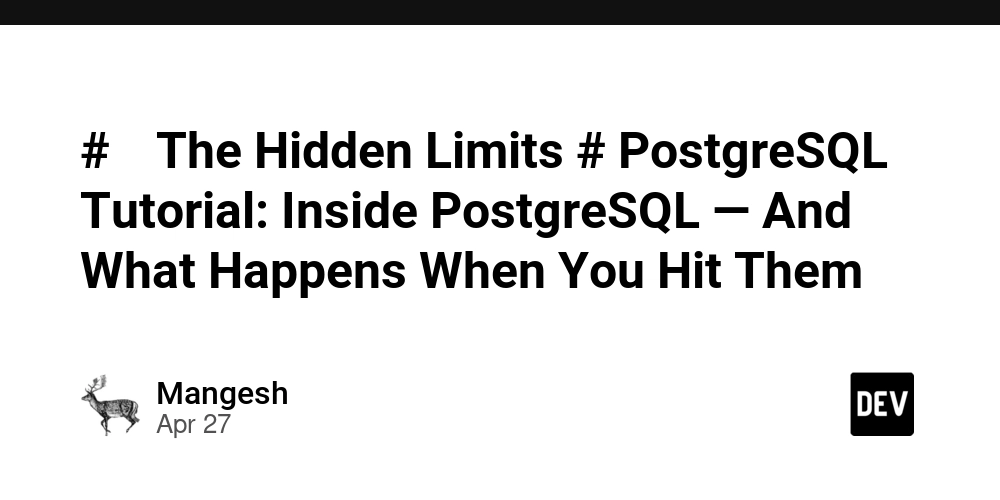
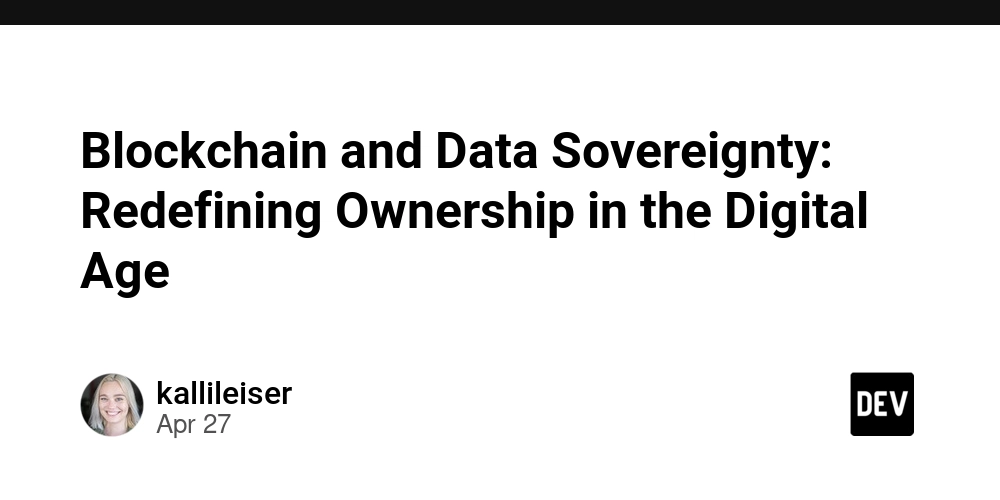

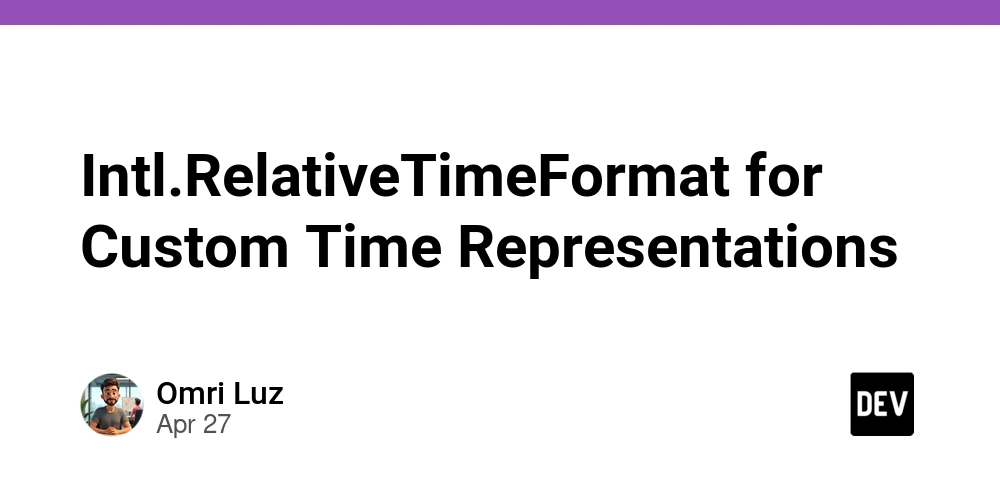











![[DEALS] Koofr Cloud Storage: Lifetime Subscription (1TB) (80% off) & Other Deals Up To 98% Off – Offers End Soon!](https://www.javacodegeeks.com/wp-content/uploads/2012/12/jcg-logo.jpg)
























![Is this too much for a modular monolith system? [closed]](https://i.sstatic.net/pYL1nsfg.png)







































































































![M4 MacBook Air Drops to Just $849 - Act Fast! [Lowest Price Ever]](https://www.iclarified.com/images/news/97140/97140/97140-640.jpg)












_roibu_Alamy.jpg?width=1280&auto=webp&quality=80&disable=upscale#)




 CISO’s Core Focus.webp?#)



































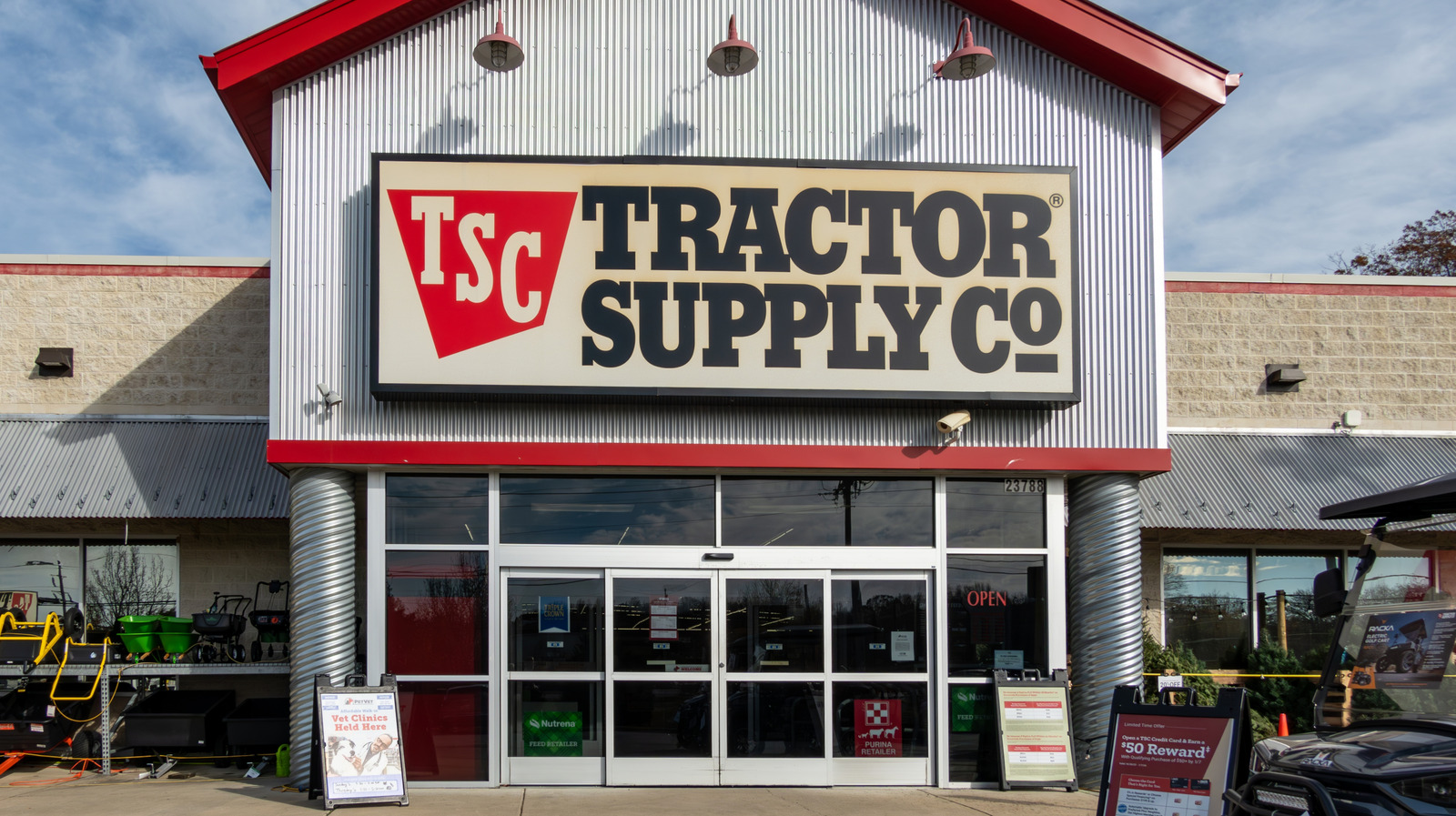
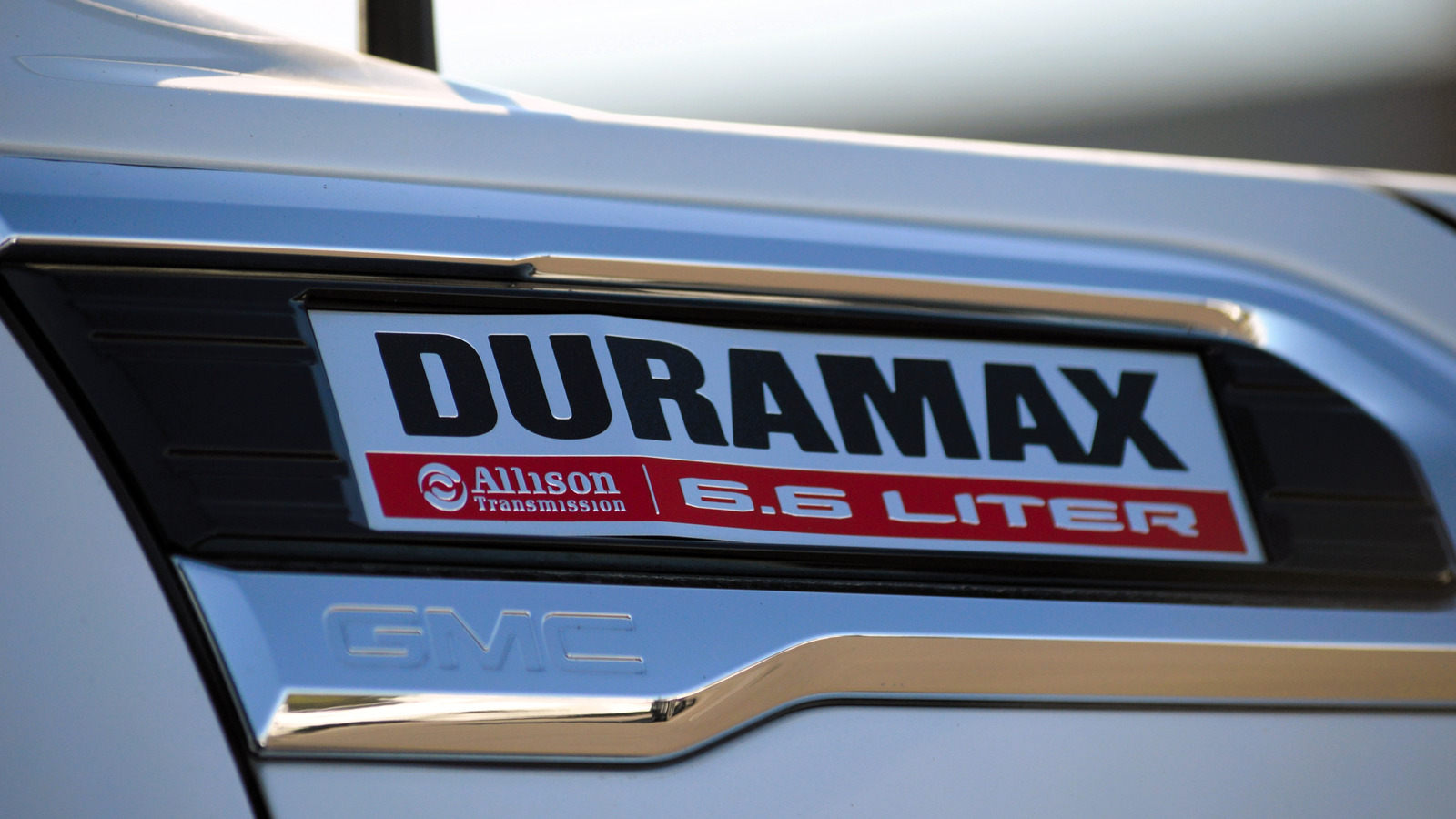


































































![Apple Smart Glasses Not Close to Being Ready as Meta Targets 2025 [Gurman]](https://www.iclarified.com/images/news/97139/97139/97139-640.jpg)
![iPadOS 19 May Introduce Menu Bar, iOS 19 to Support External Displays [Rumor]](https://www.iclarified.com/images/news/97137/97137/97137-640.jpg)


















































